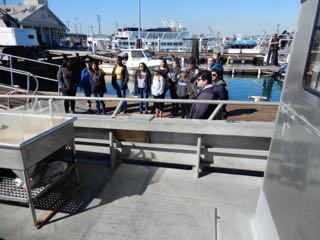
-
| 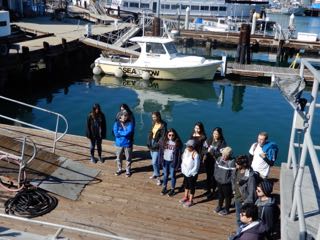
-
| 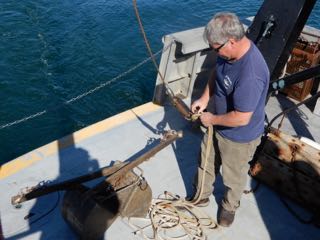
-
|

Zooplankton tow
| 
Van Veen grab for sampling muddy bottoms
| 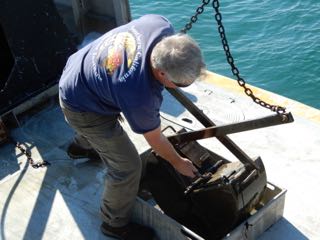
-
|

-
| 
-
| 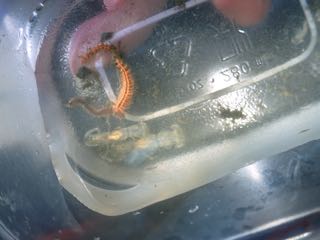
-
|
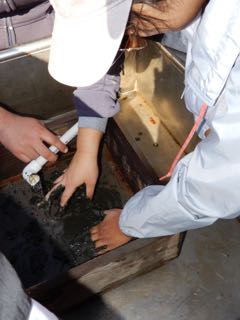
-
| 
-
| 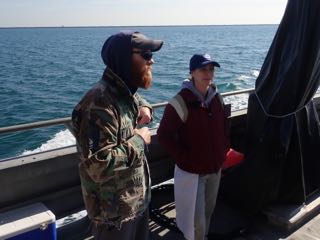
-
|

-
| 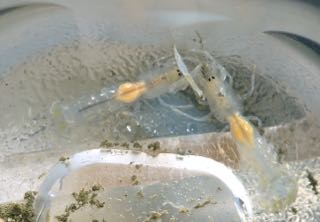
Tentative: Upogebia macginitieorum (southern mud shrimp)
| 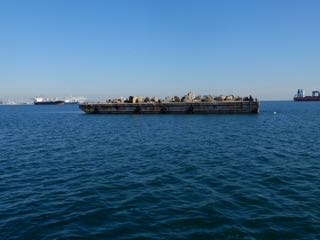
-
|

-
| 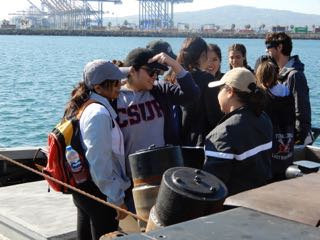
-
| 
There was a flock of maybe 100 western grebes.
|

-
| 
-
| 
-
|

-
| 
The blue throat patch is characteristic of the adult breeding plumage of Brandt's cormorant.
| 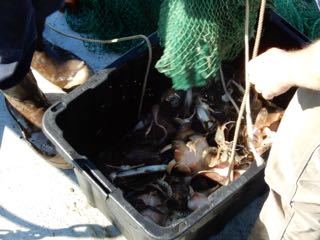
otter trawl for sampling sandy bottoms
-- round stingrays (Urobatis halleri) were the most abundant fish seen
|
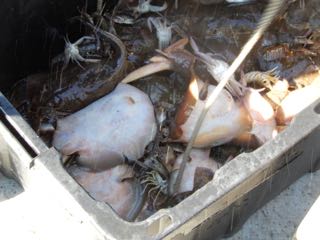
-
| 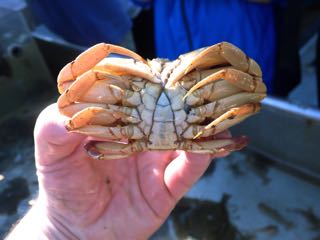
This is the underside of a male graceful rock crab
(Metacarcinus gracilis, formerly Cancer gracilis).
| 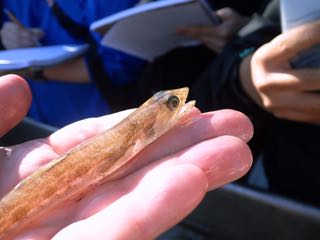
California lizardfish (Synodus lucioceps)
|

-
| 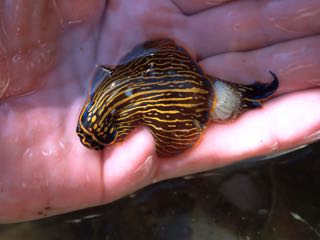
Navanax inermis follows the slime trails of other sea slugs and eats them. See:
here
| 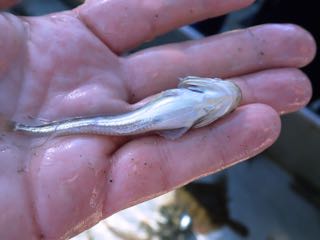
I have to look up how to distinguish our two species of midshipman fish, specklefin and plainfin.
They both have an impressive set of photophores.
|
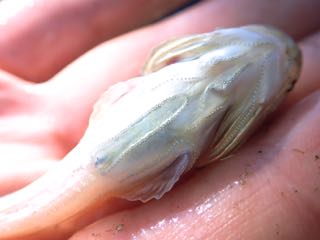
A midshipman fish has photophores. These fishes are also famous for their grunting sounds.
See: here
| 
juvenile spotted turbot (Pleuronichthys ritteri), identification by Dr. Larry Allen
| 
Sicyonia penicillata (target prawn)
|
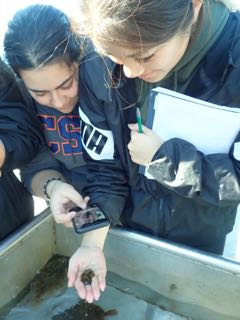
-
| 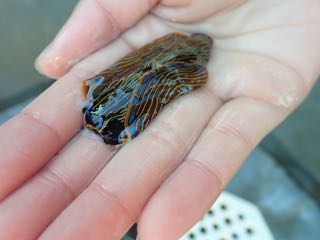
-
| 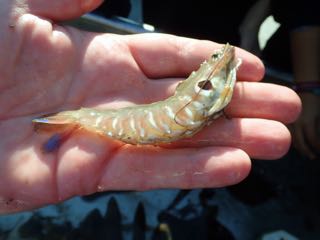
Sicyonia penicillata (target prawn)
|
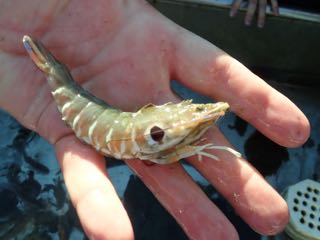
-
| 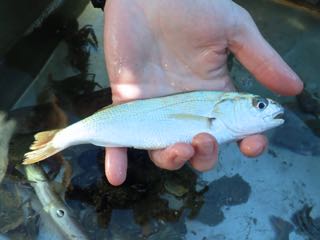
white croaker (Genyonemus lineatus)
| 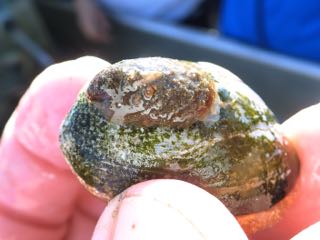
slipper limpet, Crepidula onyx, on an I think unusual host shell,
Bulla gouldiana (Gould's bubble shell)
|

-
| 
-
| 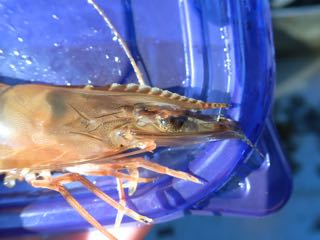
tentative: Sicyonia ingentis (ridgeback prawn)
|

-
| 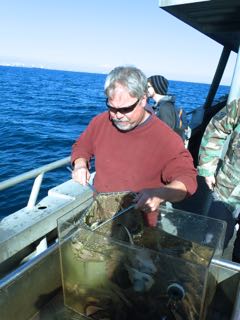
-
| 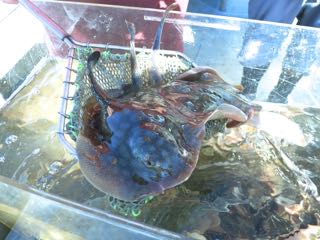
-
|
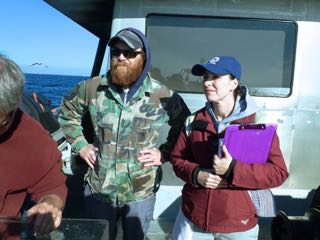
-
| 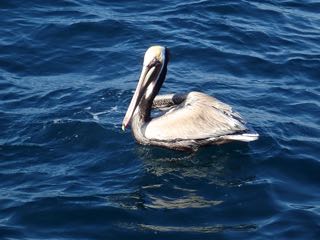
brown pelican (Pelecanus occidentalis)
| 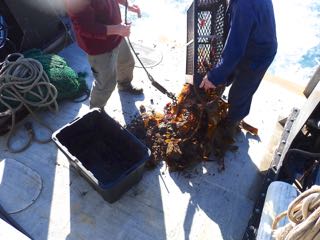
-
|
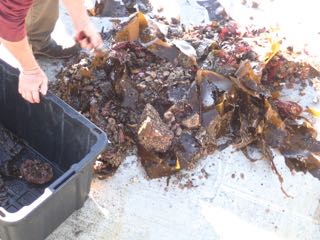
-
| 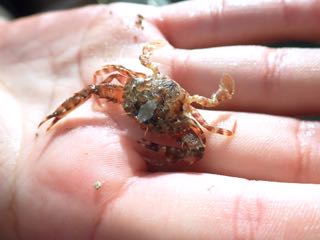
Sometimes juveniles have different colors than adults. I am still working on the species
identification for this swimming crab juvenile (Portunidae).
| 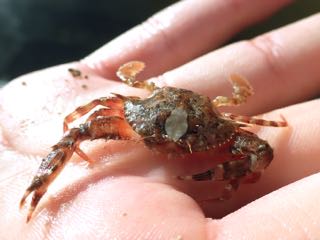
-
|
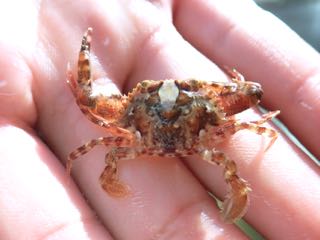
-
| 
-
| 
Alpheus clamator (twistclaw pistol shrimp)
|

-
| 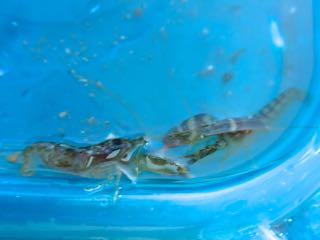
-
| 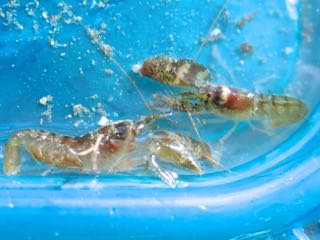
-
|
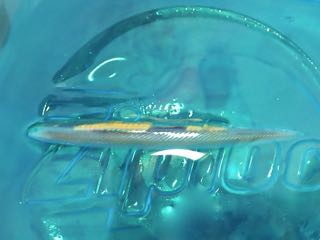
Californian lancelet Branchiostoma californiense (Chordata: Cephalochordata)
| 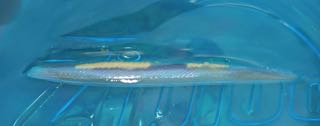
-
| 
An unusually large Crossata californica (California frog snail), about 132mm long. The
published maximum size is 160mm. The flat surface as a potential bivalve on a half-shell cover for a brooding female.
The gender of this one is unknown, but we have seen females brooding several times. The circular group of egg capsules is quite
well organized, and it is known that mom will resume brooding if she is detached from her egg mass. From literature
research, this is similar to other Bursidae and perhaps some other related families, which implies a remarkable conservatism in this brooding
habit, given the number of species in Bursidae alone.
|

-
| 
Callistochiton palmulatus
| 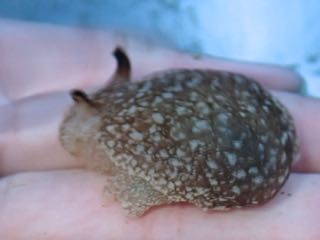
Pleurobranchaea californica
|
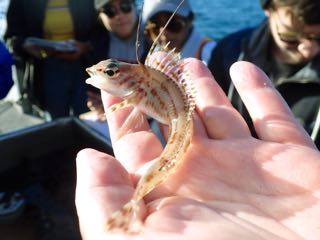
longspine combfish (Zaniolepis latipinnis)
| 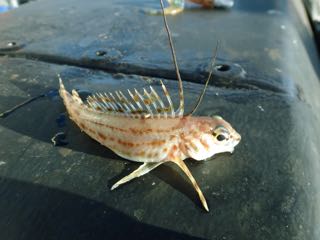
-
| 
The slipper limpet, Crepidula onyx removed from a Kellet's whelk (Kelletia kelletii).
There are also two smaller Crepipatella lingulata, a different relative of slipper limpets in the gastropod family,
Calyptraeidae. Members of this family feed in an analogous way to clams, capturing plankton with their gill.
Another larger C. lingulata was also on this shell, and it was a female brooding embryos already with eyespots.
Calyptraeids are sequential hermaphrodites, changing from males to females as they grow. Note also that the shell of the
attached C. lingulata is covered with a specific bryozoan species that is commonly found on this species.
|
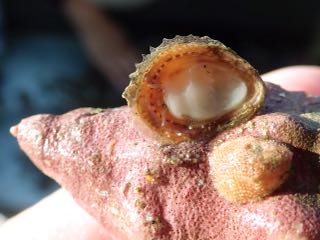
-
| 
juvenile Paraxanthias taylori (lumpy rubble crab)
| 
-
|
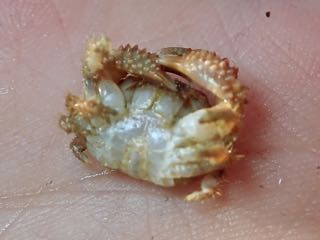
-
| 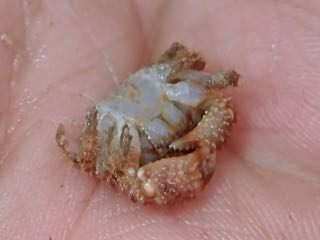
-
| 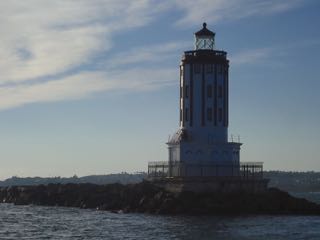
-
|

-
| 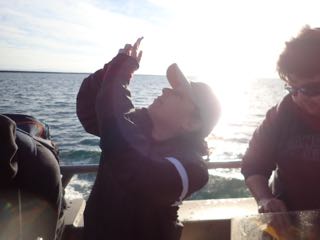
-
| 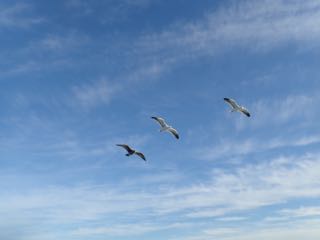
-
|
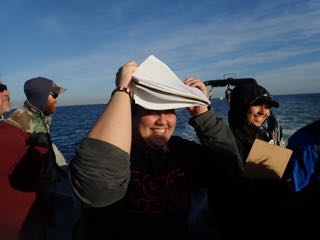
-
| 
-
| 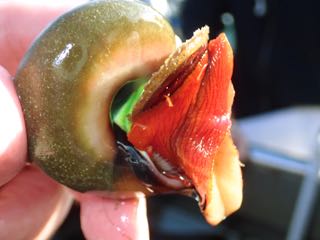
Norris's top snail (Norrisia norrisii)
|

-
| 
-
| 
-
|
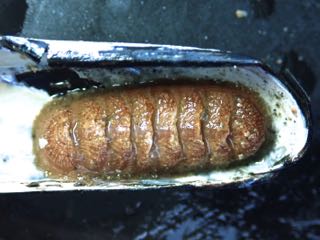
Oldroydia percrassa is an interesting subtidal lepidopleurid chiton in
southern California. Other chitons also found on this dredge: Lepidozona scrobiculata, Dendrochiton thamnoporus, Leptochiton n.sp.,
Leptochiton nexus, Stenoplax fallax, and Callistochiton palmatus, all species that are
among the most common species seen at this locality.
| 
-
| 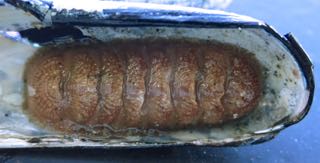
-
|
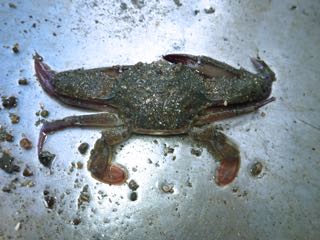
adult Portunidae -- tentative: Portunus xantusii (Xantus' swimming crab)
| 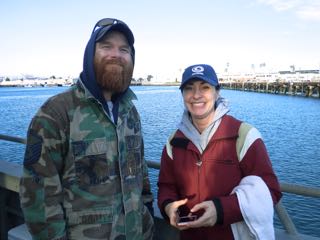
We had Drs. Walter and Paig-Tran along.
|
 Under Construction!
Under Construction! Under Construction!
Under Construction!